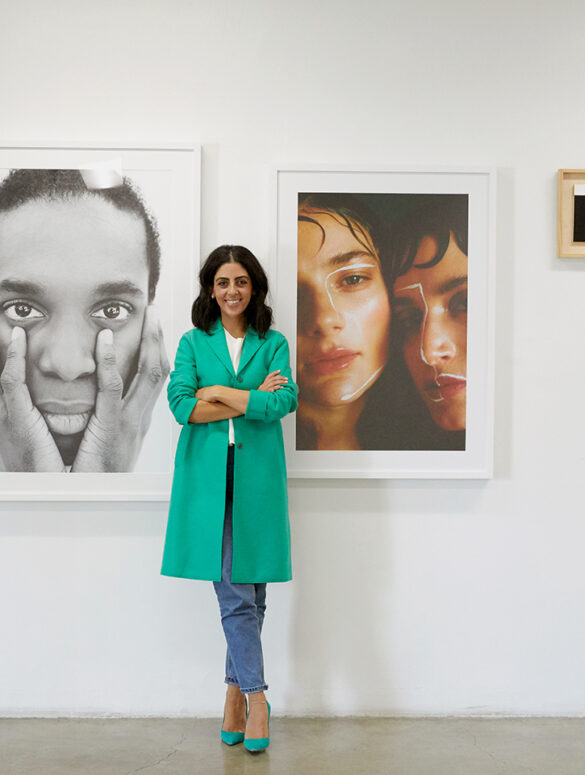Text by Zan Romanoff
Images courtesy of Tappan Collective
For Chelsea Neman Nassib, it began with what felt like a setback. In the early 2010s, she had done what young artists are supposed to do: gone to art school, graduated, begun a studio practice. She was participating in shows and even selling some of her paintings. But, she says, “even with moderate success, I couldn’t see a clear path forward. To become successful felt too much like luck of the draw.”
So Nassib started working as an interior designer, applying her aesthetic to spaces instead of canvases. To her surprise, she found a new client base for her art: young homeowners who wanted something nicer to hang on their walls than the mass-produced stuff from Ikea, but who weren’t ready for the full gallery experience. She saw an opportunity. “I started to think there was a win-win situation between emerging artists who needed support and collectors who weren’t participating in the art world to come together,” she says.
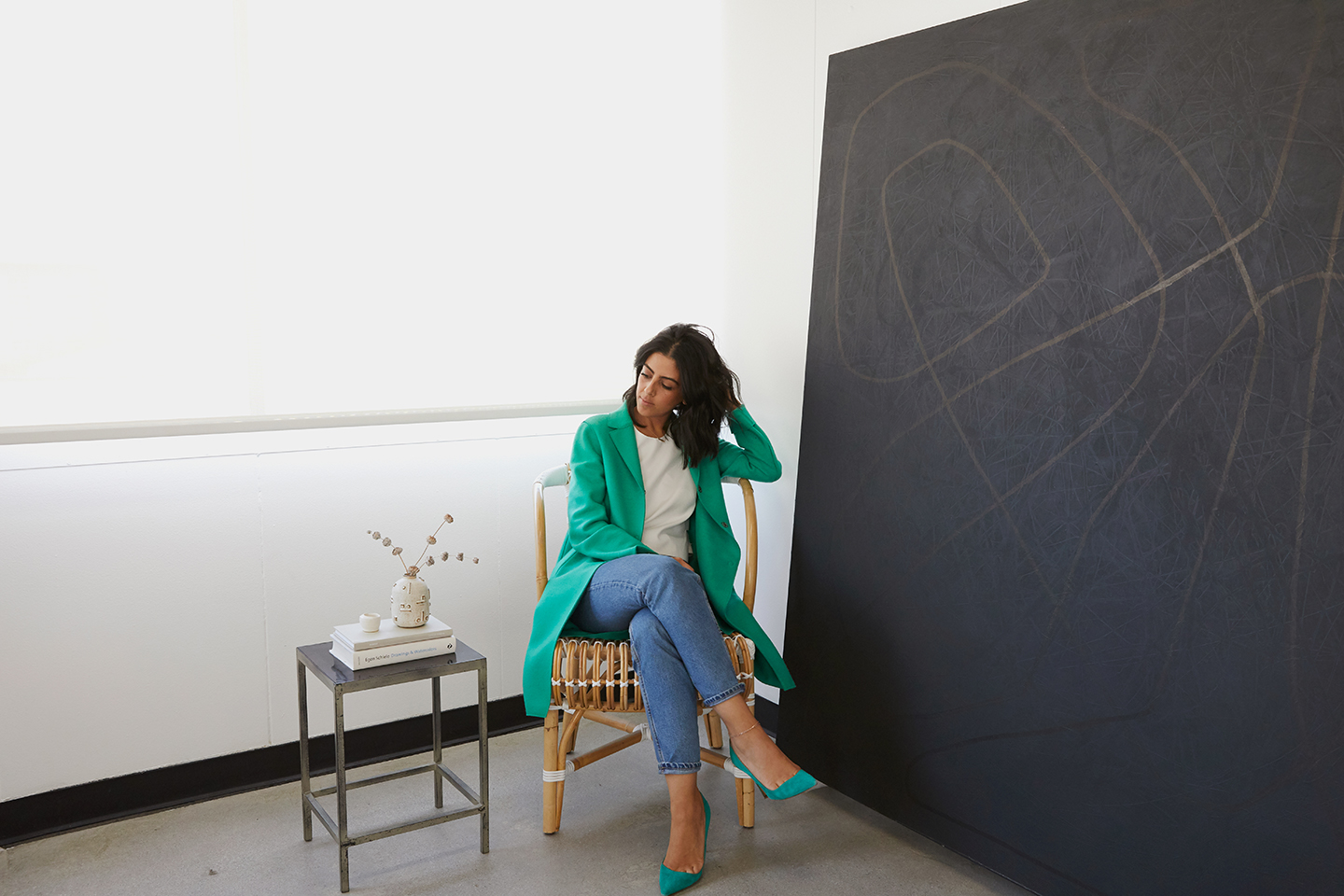
In 2012, Nassib launched Tappan Collective, a website connecting fledgling artists to buyers who want something beautiful and unique but aren’t ready to commit significant funds. The site offers paintings, drawings, photographs, prints, even sculptures and mixed-media works. Potential collectors can read up on backgrounds and biographies of artists and sort by medium, palette, and mood. Each piece comes with a certificate of authenticity to establish provenance and chain of ownership.
These days, we’re surrounded by direct-to-consumer success stories like Everlane and Warby Parker. But at the time, Tappan’s digital-first strategy was a risky one. “The art world said that [collectors] would never go online,” Nassib says.
It was very wrong. In 2018, Forbes named Nassib among its 30 Under 30 in Art and Style, including her on a list of young entrepreneurs doing industry-changing work. Artists that have been part of Tappan include Jonni Cheatwood, Eric Chakeen, Heather Day, and Dean Levin.
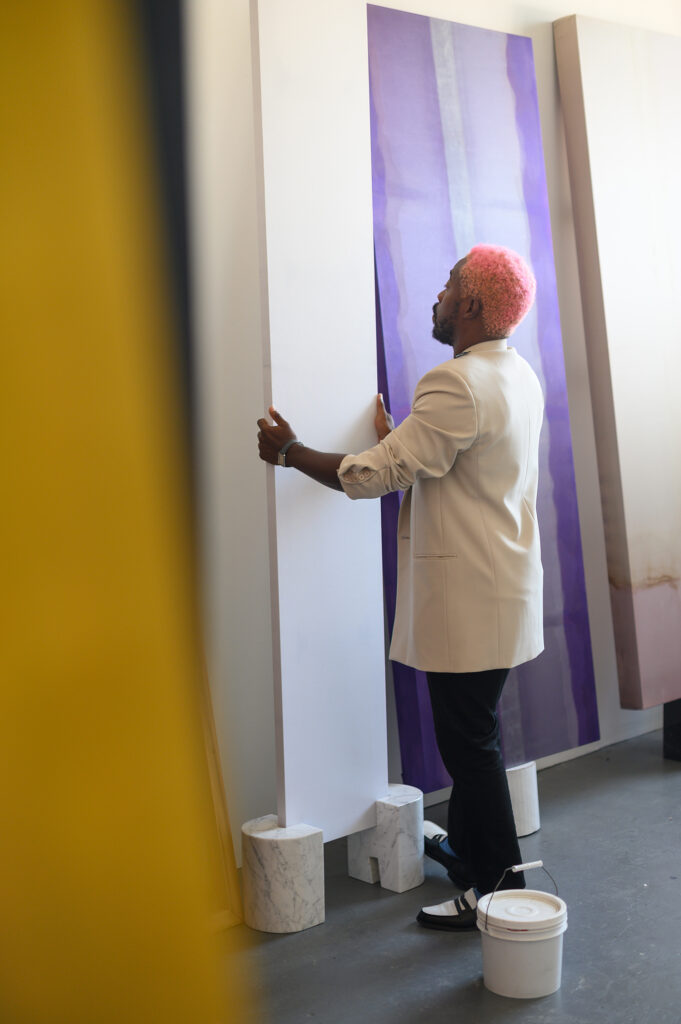
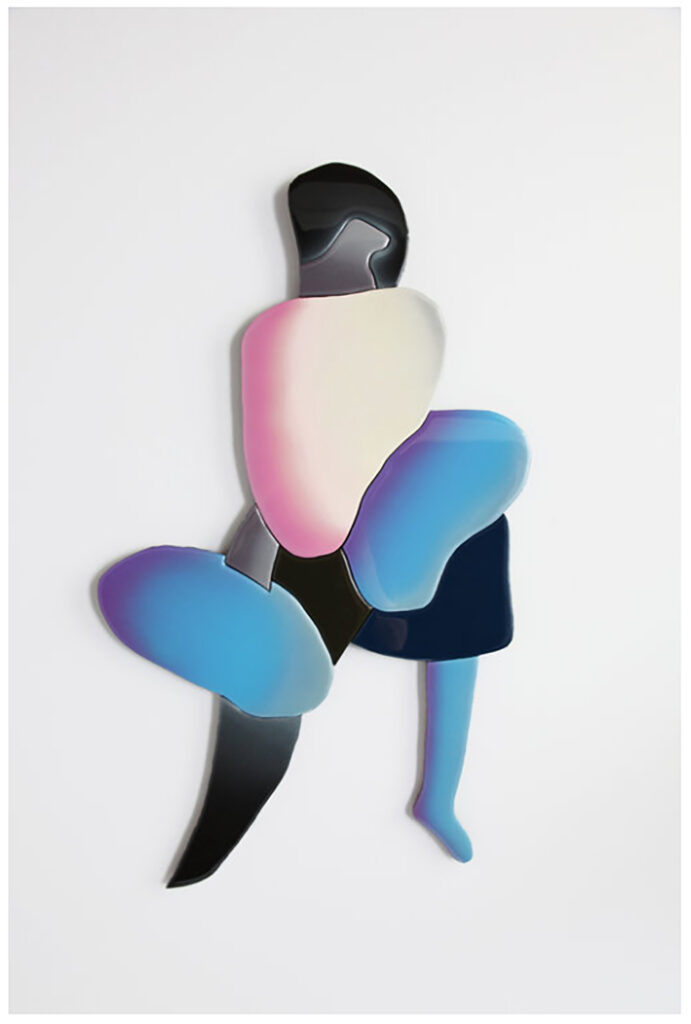
Gunji
Nassib thinks of her business as a sort of finishing school for young artists that teaches business practicalities they don’t learn while they’re focusing on vision and technique in graduate programs. “We help them with pricing their work, expectations, professionalism, keeping records,” she says. ‘The different things you need to sustain your studio practice. We like to think of ourselves as the marketing, sales, operational part of it, so they can focus more on building relationships in their communities and on making their work.”
As someone who once struggled to make a living as an artist, Nassib knows how meaningful that support can be. Seeing artists succeed is one of the things that keeps her excited about her work with Tappan.
“Very early on, one of our artists got a check,” she says. “They wrote an email saying, ‘Oh my God, this was so amazing. I was going to stop making because it’s too hard. And now with this check I can keep going.’” The artist, Evan Robarts, went on to the Hermes Collection residency in Paris and a solo exhibition at The Hole in New York City. “That’s like, the dream, right?” Nassib says.
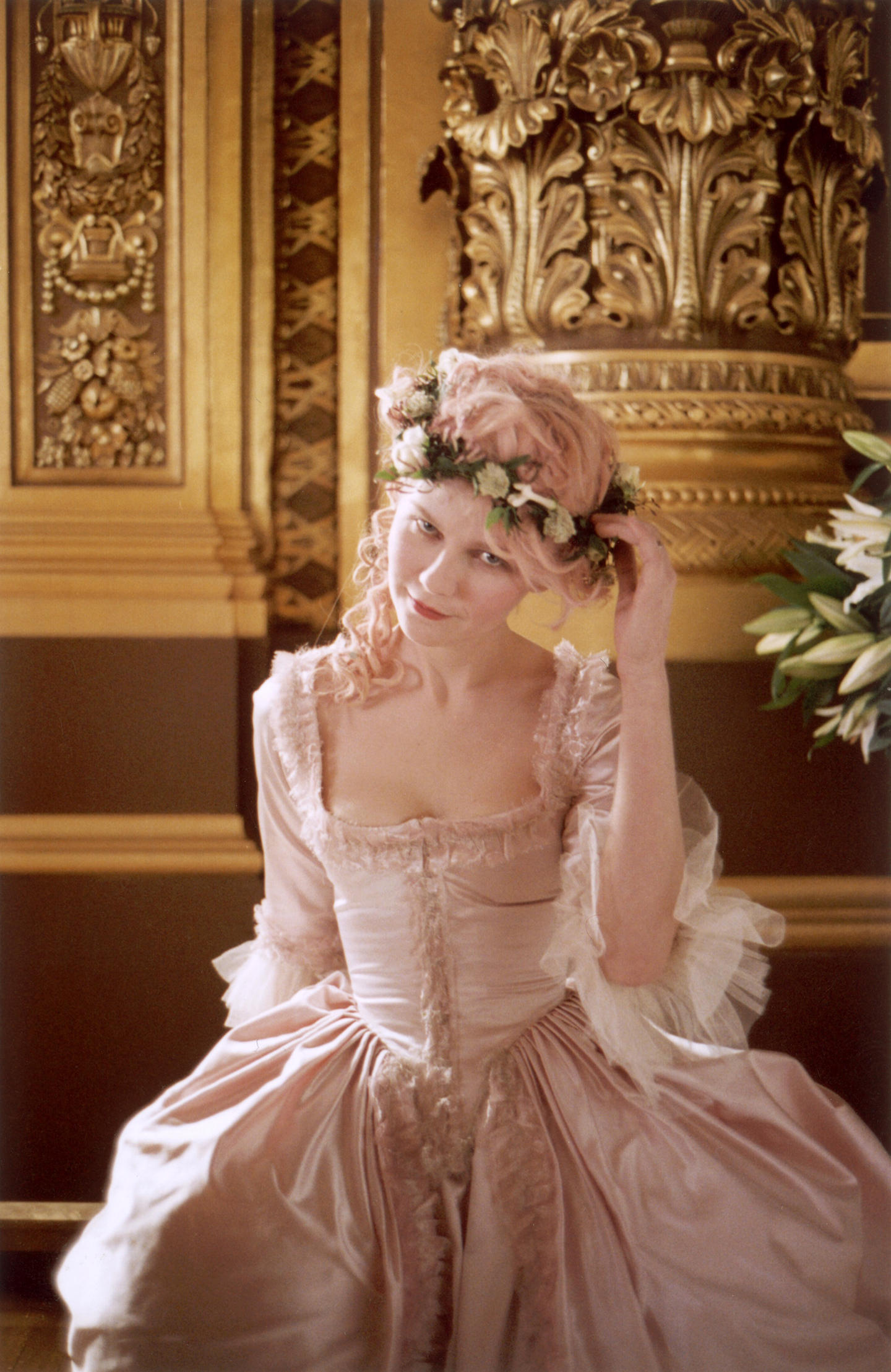
Like many digital-first companies, Tappan has since opened a brick-and-mortar showroom in Los Angeles, where it has also hosted artists residencies. While L.A. might seem like a counterintuitive choice for an art-world entrepreneur, for Nassib, it felt like the only option. “I’m from L.A.,” she says. “There’s a lot more physical space, but there’s also a lot more mental space. I find that people in L.A. are more open to new ways of doing things.”
Nassib is also mother of two young children. While parenthood has made her busier than ever, she thinks it has also made her a better leader. The one thing she has had to give up is painting, but that’s OK for now, she says. “I like to think that Tappan is my art piece.”
